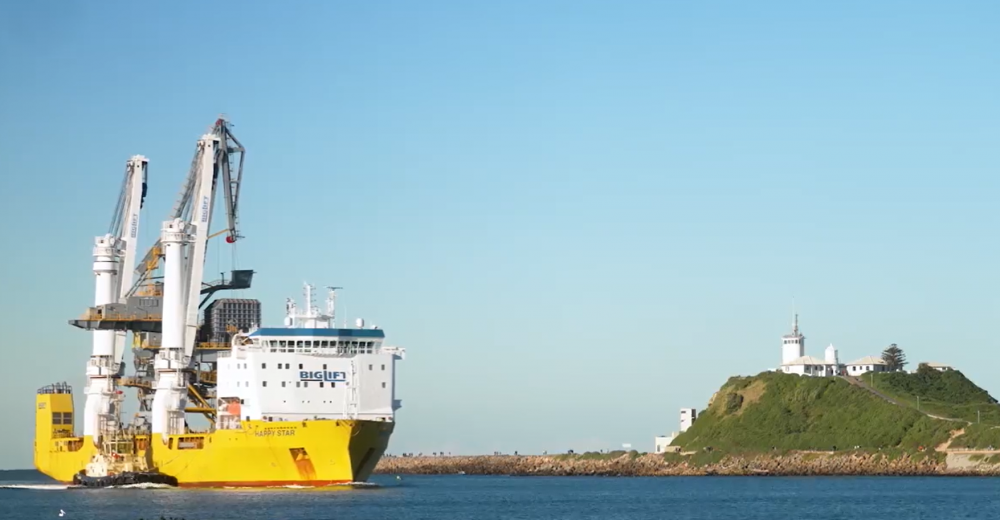
The latest opinion article from Drewry on multipurpose shipping says that newbuild orders for multipurpose ships (MPV), including both breakbulk and project cargo vessels, are not expected to reach pre-pandemic levels this year, in sharp contrast to the competing sectors of containerships and dry bulk carriers.
“Indeed we expect new orders for multipurpose and heavylift tonnage over 2021 to struggle to reach even 2019 levels of just over 200,000 dwt. It is also worth noting that the 160,000 dwt of new tonnage ordered so far in 2021 is all for vessels with a lift capability of less than 100 tonnes. This means for the first time in a number of years, the percentage of heavylift capable tonnage on order is less than that of non-heavylift capable tonnage.
MPV owners are notoriously cautious. This is a niche sector that is heavily influenced by the competing container and bulk sectors. It is also a sector for which there is little if any speculative market. Owners build to replace or do so with a particular commodity/project contract in mind.
The MPV market has also been in recession for the last 10 years. Rates have been at, or in some cases below, operating costs. There is very little spare cash, even after a bull market run that has so far lasted nine months. Added to this is the simple fact that the yards are full of orders for containership and bulk carriers, so even if owners had the spare cash and the desire to build, there are very few slots available.
This trend is clearly in contrast to the newbuilding levels of the competing fleets. Drewry’s concern is that it has the potential to leave a short term hole in the project carrier sector at the point when project cargo could take off again. That said this shortage in supply around 2023 will coincide with the influx of the container carrier newbuildings, so may actually help to keep the supply side constrained.
On the other side of the supply equation is demolition. Here too activity levels are very weak and indeed practically ground to a halt over 3Q21. In a strong charter market this is less surprising, as currently every available vessel is on the ocean. Indeed, we have reduced our expectations for this year and next, as we believe the charter market will be a stronger pull than the demolition sector.
However, here too 2023 could be a watershed year. At this point the average age of the fleet (multipurpose and project carrier combined) will be over 20 years. It is true that most of the overage tonnage is less than 10,000 dwt and not heavylift capable, but it still transports a significant volume of breakbulk cargo. At this point the latest IMO rulings on GHG emissions will become much more significant for this tonnage and demolition levels are expected to rise. Without newbuildings to replace them, we expect a period of fleet decline in the medium term.”
Figure 1: Orderbook schedule by vessel type, 1 Sept 2021
Source: Drewry Maritime Research, Multipurpose Forecaster
Drewry’s head of multipurpose shipping research Susan Oatway will be providing more details on the outlook for the sector in a FREE webinar briefing on Wednesday 13th October. See: Drewry Hosts Free Breakbulk Webinar Briefing – BBN | Breakbulk.News™

